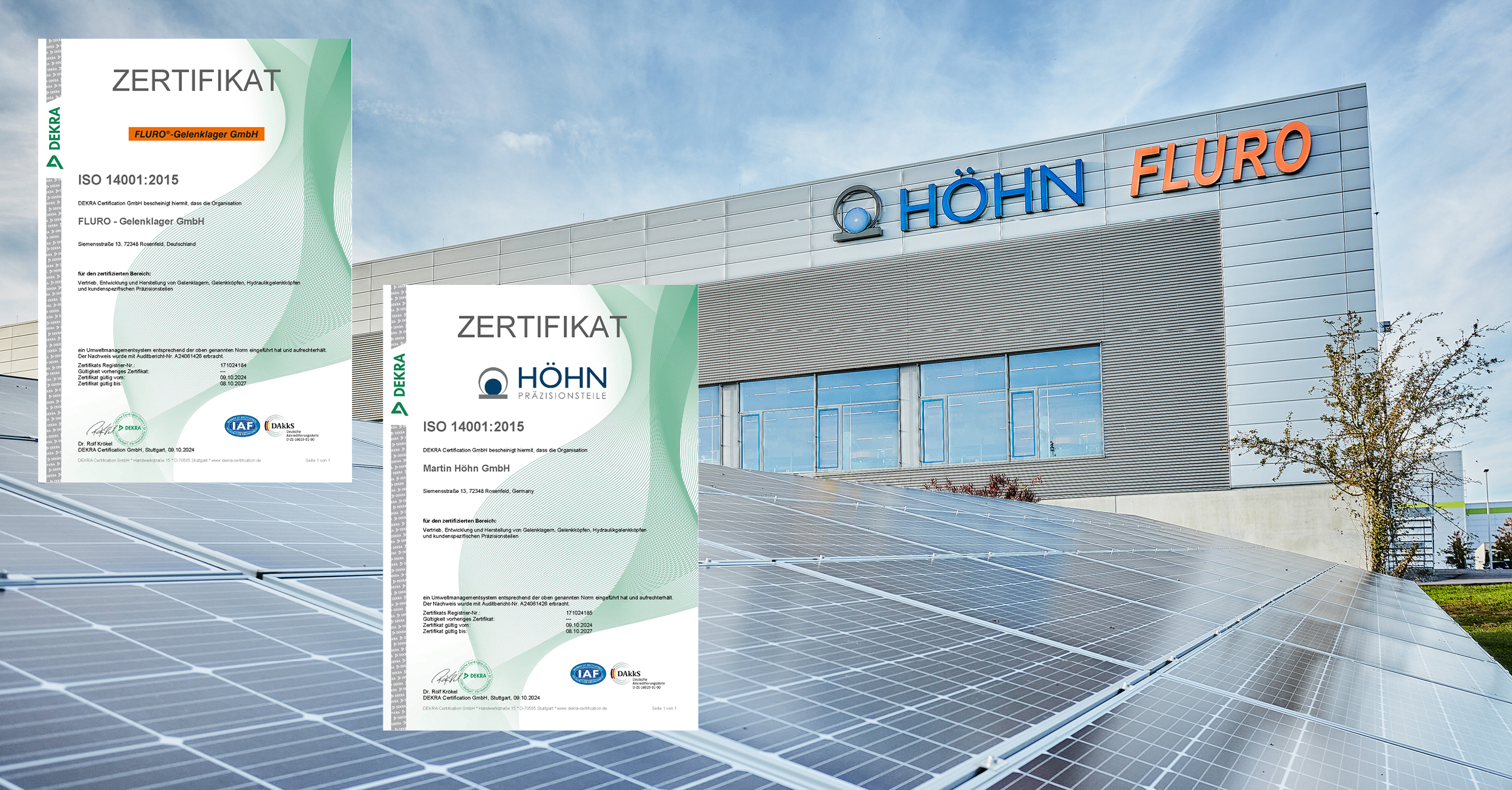| Zylindrische Gleitbuchsen |
Serie GB..x..x..ZWZylindrische Gleitbuchsen, DIN ISO 4379
|
 |
| Nenndurchmesser (d) |
Kurzzeichen | Stückgewicht g |
D (p7) |
B | f | Statische / Dynamische Tragzahl kN |
| 30 + 0,033 0 |
GB 30 x 36 x 30 ZW | 63 | 36 + 0,051 + 0,026 |
30 0 - 0,021 |
1,5 ±0,5 | 270 |
| 35 + 0,039 0 |
GB 35 x 41 x 30 ZW | 72 | 41 + 0,051 + 0,026 |
30 0 - 0,021 |
1,5 ±0,5 | 315 |
| 40 + 0,039 0 |
GB 40 x 48 x 40 ZW | 160 | 48 + 0,051 + 0,026 |
40 0 - 0,025 |
2,0 ±0,7 | 480 |
| 45 + 0,039 0 |
GB 45 x 53 x 40 ZW | 170 | 53 + 0,062 + 0,032 |
40 0 - 0,025 |
2,0 ±0,7 | 540 |
| 50 + 0,039 0 |
GB 50 x 58 x 50 ZW | 240 | 58 + 0,062 + 0,032 |
50 0 - 0,025 |
2,0 ±0,7 | 750 |
| 60 + 0,039 0 |
GB 60 x 70 x 60 ZW | 440 | 70 + 0,062 + 0,032 |
60 0 - 0,030 |
2,0 ±0,7 | 1080 |
| 70 + 0,039 0 |
GB 70 x 80 x 70 ZW | 590 | 80 + 0,072 + 0,037 |
70 0 - 0,030 |
3,0 ±1,0 | 1470 |
| 80 + 0,039 0 |
GB 80 x 90 x 80 ZW | 750 | 90 + 0,072 + 0,037 |
80 0 - 0,030 |
3,0 ±1,0 | 1920 |
| 90 + 0,039 0 |
GB 90 x 105 x 80 ZW | 1360 | 105 + 0,072 + 0,037 |
80 0 - 0,030 |
3,0 ±1,0 | 2160 |
| 100 + 0,039 0 |
GB 100 x 115 x 100 ZW | 1900 | 115 + 0,072 + 0,037 |
100 0 - 0,035 |
3,0 ±1,0 | 3000 |
| 110 + 0,039 0 |
GB 110 x 125 x 100 ZW | 2000 | 125 + 0,083 + 0,043 |
100 0 - 0,035 |
4,0 ±1,0 | 3300 |
| 120 + 0,039 0 |
GB 120 x 135 x 120 ZW | 2600 | 135 + 0,083 + 0,043 |
120 0 - 0,035 |
4,0 ±1,0 | 4320 |
| 140 + 0,039 0 |
GB 140 x 155 x 150 ZW | 3900 | 155 + 0,083 + 0,043 |
150 0 - 0,040 |
4,0 ±1,0 | 6300 |
| 160 + 0,039 0 |
GB 160 x 180 x 150 ZW | 6000 | 180 + 0,083 + 0,043 |
150 0 - 0,040 |
4,0 ±1,0 | 7200 |
| 180 + 0,039 0 |
GB 180 x 200 x 180 ZW | 8000 | 200 + 0,096 + 0,050 |
180 0 - 0,040 |
5,0 ±1,0 | 9720 |
| 200 + 0,039 0 |
GB 200 x 220 x 180 ZW | 8800 | 220 + 0,096 + 0,050 |
180 0 - 0,040 |
5,0 ±1,0 | 10820 |
| Werkstoffe: | |
| Buchse: | Unlegierter Baustahl St52-3 mit eingeklebtem FLUROGLIDE® |
|
Auf Anfrage beidseitig abgedichtet. |
|
Zylindrische Gleitbuchsen nach DIN ISO 4379 sind genormte, einbaufertige Maschinenelemente. Sie bestehen aus einem Stützkörper mit zylindrischer Außen- und Innenfläche als Träger der Gleitschicht.
Sie können höhere Kräfte aufnehmen als konventionelle Stahl-, Bronze- oder Kunststoff-Gleitlager und eignen sich besonders bei Schwenkbewegungen und hohen einseitigen und wechselnden Belastungen. Als axiale Führungslager eingesetzt, sind sie den schon erwähnten Gleitlagern ebenfalls überlegen.





